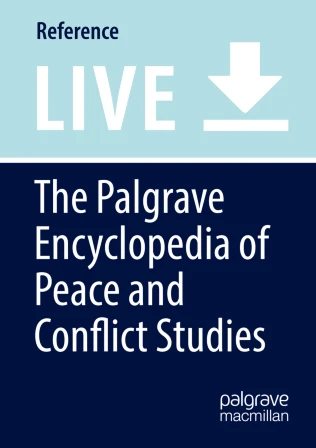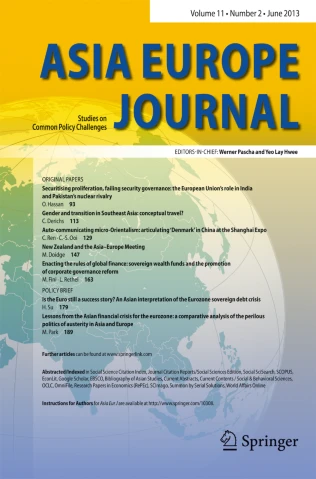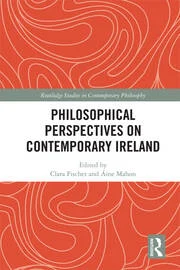An International Working Group on Individuals and Communities in Transition
Communities and individuals across the world are in varying states of transition from violence to peace.
While the character of violence might differ, from paramilitarism and criminal gangs to civil war and
genocide, societies moving toward peace share similar challenges. As such, the lessons gleaned from one
context are informative for others, though these lessons are rarely shared, as scholars and practitioners
tend to work within their given case, theoretical framework, or methodology. To help bridge these divides,
a collective learning platform was designed, bringing together individuals working on moving communities
and individuals from violence to peace around the world. Though the participants discussed research and
practice from highly diverse contexts, including Colombia, Northern Ireland, the Korean Peninsula, Rwanda,
and Yemen, several overlapping themes emerged. This executive summary synthesizes these key themes,
providing a high-level summary of the collective learning that took place within the platform.
The Korean peacebuilding case study has not been drawing substantial attention in peace and conflict studies scholarship. Given its extensive geopolitical dimensions, involving the Cold War legacy and nuclear weapons, it appears to be better suited for the field of international relations. However, there have been several South Korean civil society groups who built relationships with people in North Korea across the Demilitarized Zone, and promoted civic values for peace, in order to overcome the fragile armistice situation and build a sustainable peace on the Korean peninsula. Exploring the role of Korean civil society is expected to narrow the gaps in the Korean peace process, both in terms of knowledge and practice, and to add significant empirical substance to discussions in peace and conflict…
This article explores the challenges and contributions of women in building and sustaining peace in protracted conflicts by conducting a comparative case study on Northern Ireland and Korea. Similarities in the histories of the conflicts and the concurrences in the peace processes have been attracting policy makers and researchers to share lessons between the Northern Ireland and Korean peace processes. However, the peacebuilding role of women and their transversal perspective have not yet received significant attention compared to the high-level agreements, signed predominantly by male politicians. This article identifies the similarities in the peacebuilding activities of women in Northern Ireland and Korea, in terms of their recognition of the interconnection between identity politics and patriarchy, building relationships across the divide through transversal dialogue, and initiating nonviolent peace movements against the militarism of their societies. The comparative case study also shows dissimilarities between the two cases, with regard to the freedom of women to move beyond boundaries, and being part of the official peace process. This article concludes the role of women in both contexts is a key element in sustainable peacebuilding; however, it appears that women’s peacebuilding would not be able to reach its full potential to break down violent structures in conflict-affected societies, as long as their transversal perspective remains at the level of social movement, not part of peacebuilding at all levels of societies, including high-level negotiations.
Northern Ireland provides an illuminating example of the role of civil society in promoting non-violent responses to a protracted conflict involving both explicit political violence and structural injustices embedded in political institutions. This chapter examines non-violence as a distinctive category of political action that helps us understand the impact of civil society groups on peace and conflict in Northern Ireland, from the period known as “the Troubles” (1968–1998) to the challenges resulting from the Good Friday Agreement of 1998. It suggests that the impact of non-violent political action in Northern Ireland was limited by at least three factors: 1) tensions between civil resistance, political violence, and constitutional politics; 2) strategic ambiguity concerning the objectives of non-violent campaigns; and 3) the use of only a limited range of the methods of non-violent political action. Furthermore, the role of civil society evolved from one of direct confrontation with the state to a focus on community divisions and political dialogue. This was in response to escalating levels of violence and the intensification of sectarian divisions during the Troubles, but also reduced the capacity of civil society to operate independently using the methods of non-violent political action and civil resistance.




